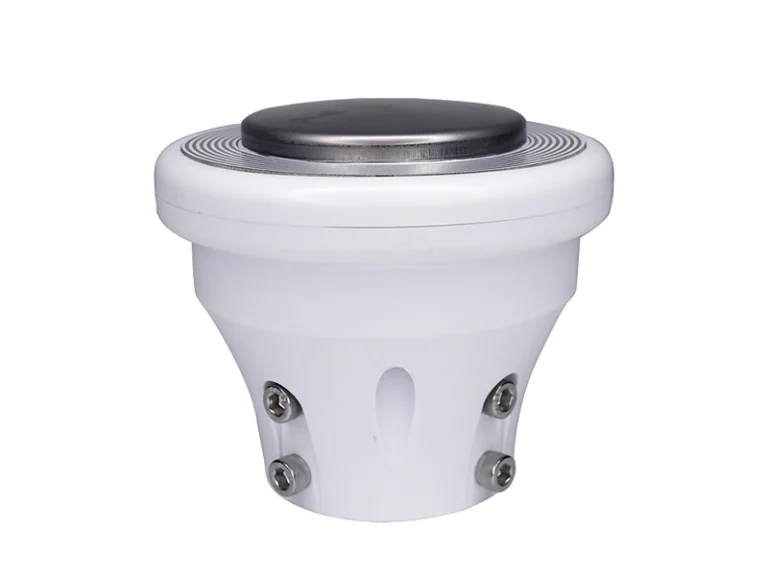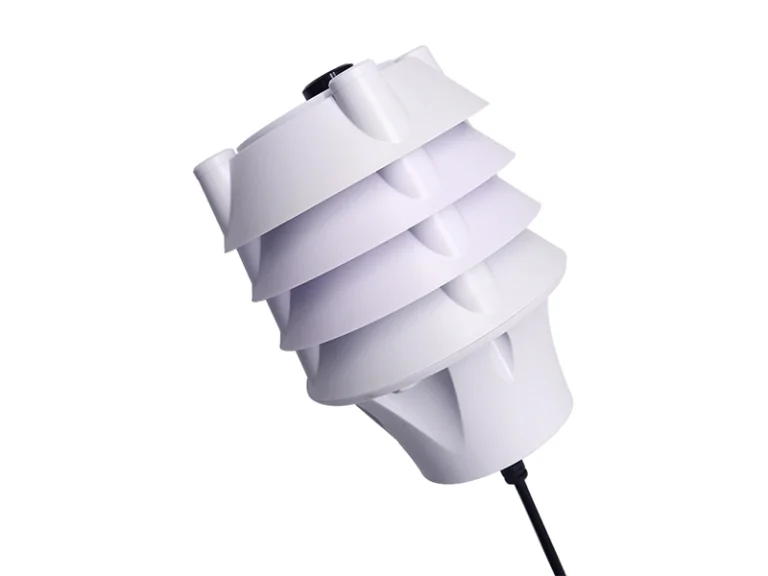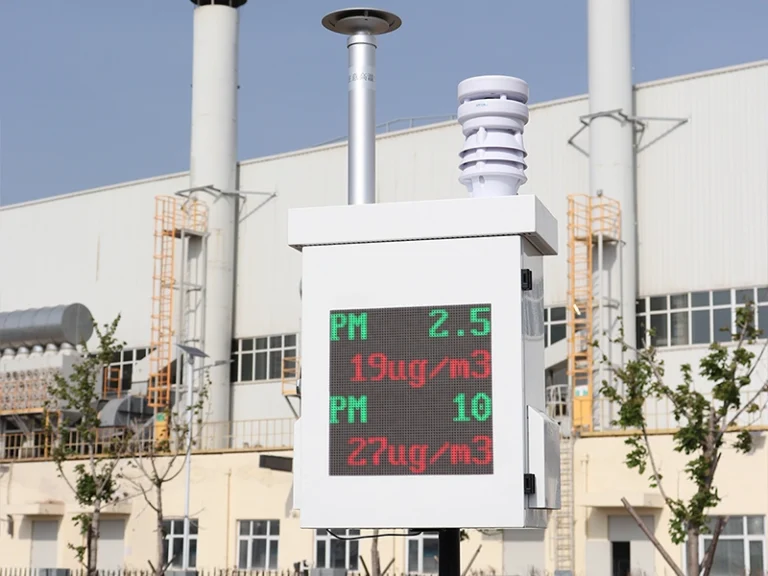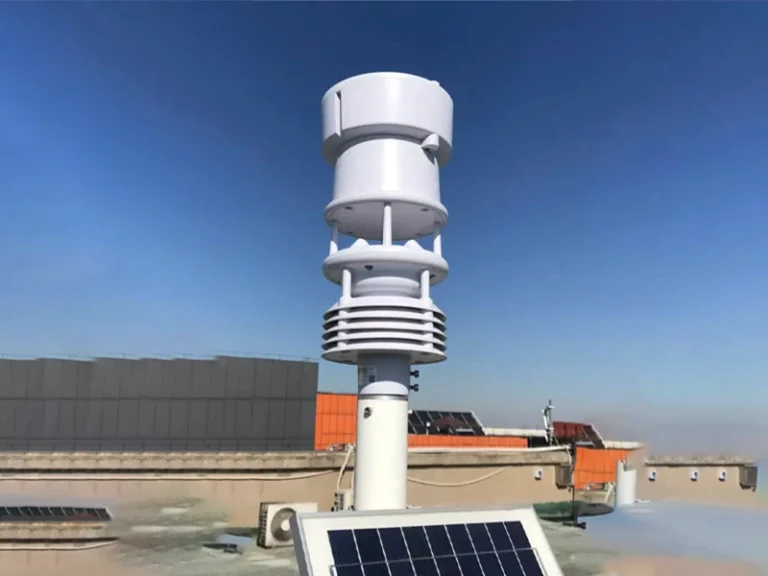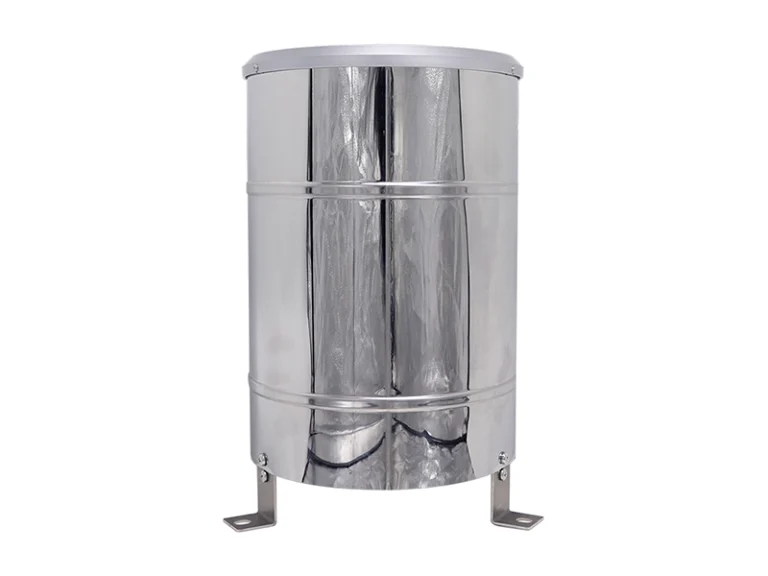You’ve probably felt the wind blow on your face or watched tree branches sway—but have you ever wondered how we actually measure the speed and direction of wind? This is where the anemometer comes in.
So, what is an anemometer? In simple terms, it’s a device designed to measure wind speed, and in many cases, wind direction too. It plays a vital role in fields like meteorology, wind energy, smart agriculture, environmental monitoring, and even aviation safety.
Let’s explore what an anemometer is, how it works, the different types available, and where it’s commonly used.
What Is an Anemometer Used For?
An anemometer (from the Greek anemos, meaning wind) is a device that converts wind movement into readable data. It’s one of the most essential instruments in modern weather stations, as it helps quantify something we can’t see—airflow.
You’ll find anemometers used in weather forecasting, agricultural automation, wind turbine systems, marine navigation, and even building construction. In short, anywhere wind matters, this small device makes a big impact.
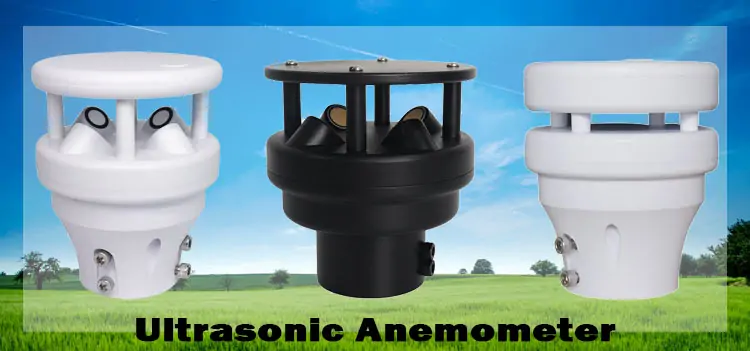
How Does an Anemometer Work?
Anemometers operate based on different principles depending on their design. The goal is always the same: translate wind movement into a measurable value. Here’s a look at how various types of anemometers work:
Mechanical Anemometers: These use rotating parts, like cups or propellers. As the wind moves them, the rotation speed correlates to wind velocity.
Ultrasonic Anemometers: These devices emit ultrasonic signals between sensors. Wind affects the time it takes for the sound to travel between points, allowing the device to calculate wind speed and direction.
Thermal (Hot-Wire) Anemometers: A tiny heated wire is cooled by wind. The faster the cooling, the higher the wind speed. These are highly sensitive and often used in labs or controlled environments.
Pressure-Based Anemometers: These detect changes in air pressure caused by wind, using that data to estimate wind speed.
So when someone asks you, “What is an anemometer?”, you can now explain it’s not just a measuring tool—it’s a smart sensor that listens to the wind in its own way.
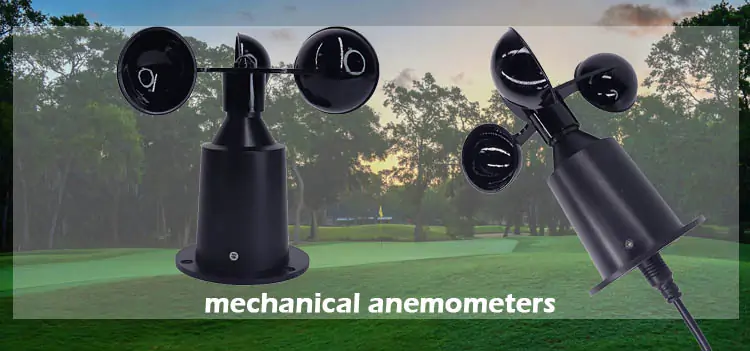
Types of Anemometers
The market offers several types of anemometers, each suited for different applications and environments. Here are the most common types:
1. Cup Anemometer
The most traditional design. Three or four cups are mounted on horizontal arms and attached to a vertical shaft. As the wind spins the cups, the speed of rotation reflects the wind velocity. It’s simple, reliable, and still widely used.
2. Propeller Anemometer
This design uses a fan-like propeller aligned with the wind direction. It’s often combined with a wind vane to track both speed and direction. Commonly used in agriculture and environmental monitoring.
3. Ultrasonic Anemometer
No moving parts—just sensors and sound waves. This type of anemometer is ideal for continuous monitoring in harsh or remote environments, including smart weather stations, offshore wind farms, and environmental networks.
4. Hot-Wire Anemometer
Often used in labs or HVAC testing, this device measures heat loss due to airflow. It’s extremely sensitive but not well-suited to dirty or outdoor conditions.
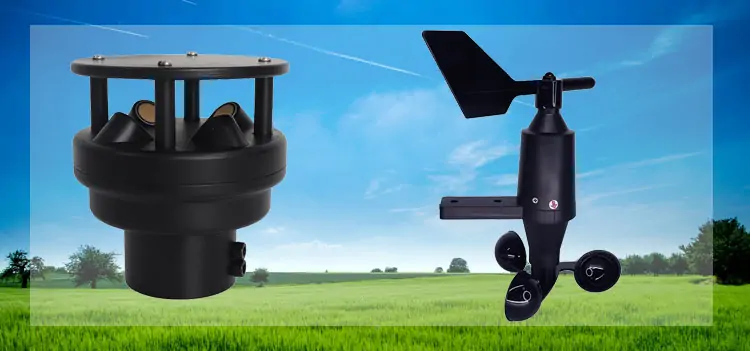
Applications: Where Are Anemometers Used?
Understanding what an anemometer is also means understanding where it fits into the real world. Here are some common use cases:
Weather Stations: Wind data is essential for predicting storms, tracking weather patterns, and issuing timely warnings.
Wind Power Systems: Anemometers help assess wind resources and optimize turbine performance.
Agricultural Automation: Knowing wind conditions is crucial for pesticide spraying, irrigation planning, and crop protection.
Construction and High-Risk Operations: On cranes, tall buildings, and bridges, real-time wind monitoring helps prevent accidents.
Airports and Harbors: Aviation and shipping both rely on accurate wind readings for takeoffs, landings, and docking operations.
In short, an anemometer is more than a weather gadget—it’s an operational safety tool across many industries.

Choosing the Right Anemometer
If you’re in the market for an anemometer, don’t just ask what is an anemometer—ask what kind you need. Here are a few key considerations:
| Factor | Recommendation |
| Application | Outdoor harsh environments? Go for ultrasonic or sealed models. |
| Data Requirements | Need direction too? Choose models that include wind vanes. |
| Budget | Cup anemometers are cost-effective; ultrasonic models are pricier but offer high accuracy. |
| Durability | Industrial or marine use demands waterproof, corrosion-resistant designs. |
If you’re managing a farm, a propeller or ultrasonic model may work best. If you’re setting up a smart weather station, opt for a compact, low-maintenance ultrasonic sensor.
Final Thoughts: What Is an Anemometer?
To sum it up, an anemometer is a small device with big importance. It gives us visibility into wind behavior—something we can feel, but not see. From predicting storms to optimizing wind farms, it plays a quiet but critical role across industries.
So the next time someone asks you, “What is an anemometer?”, you’ll have a clear answer: it’s the tool that helps us read the wind—and make smarter decisions because of it.

